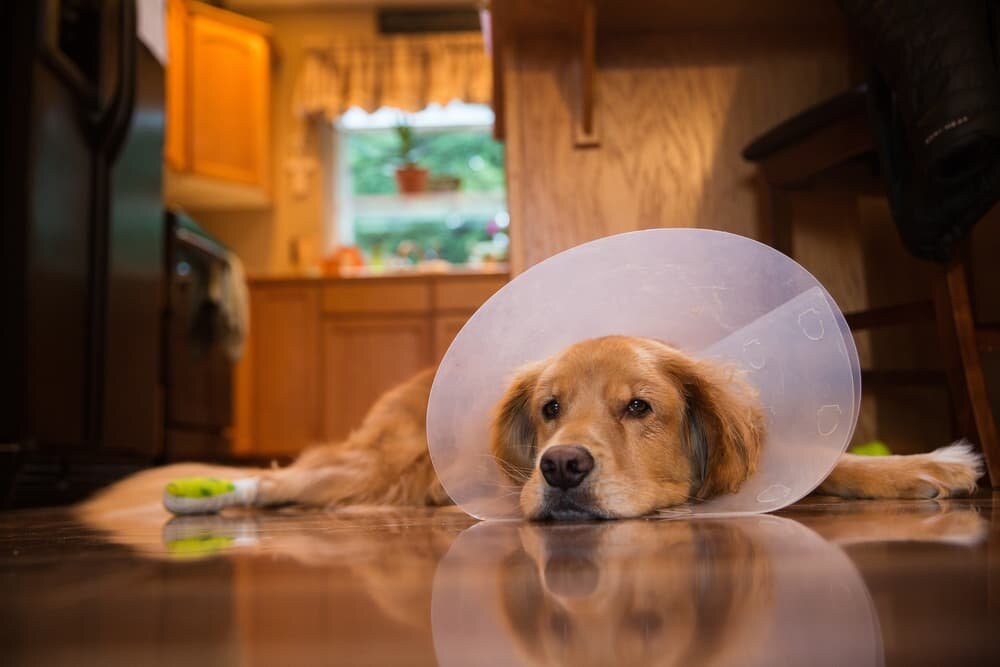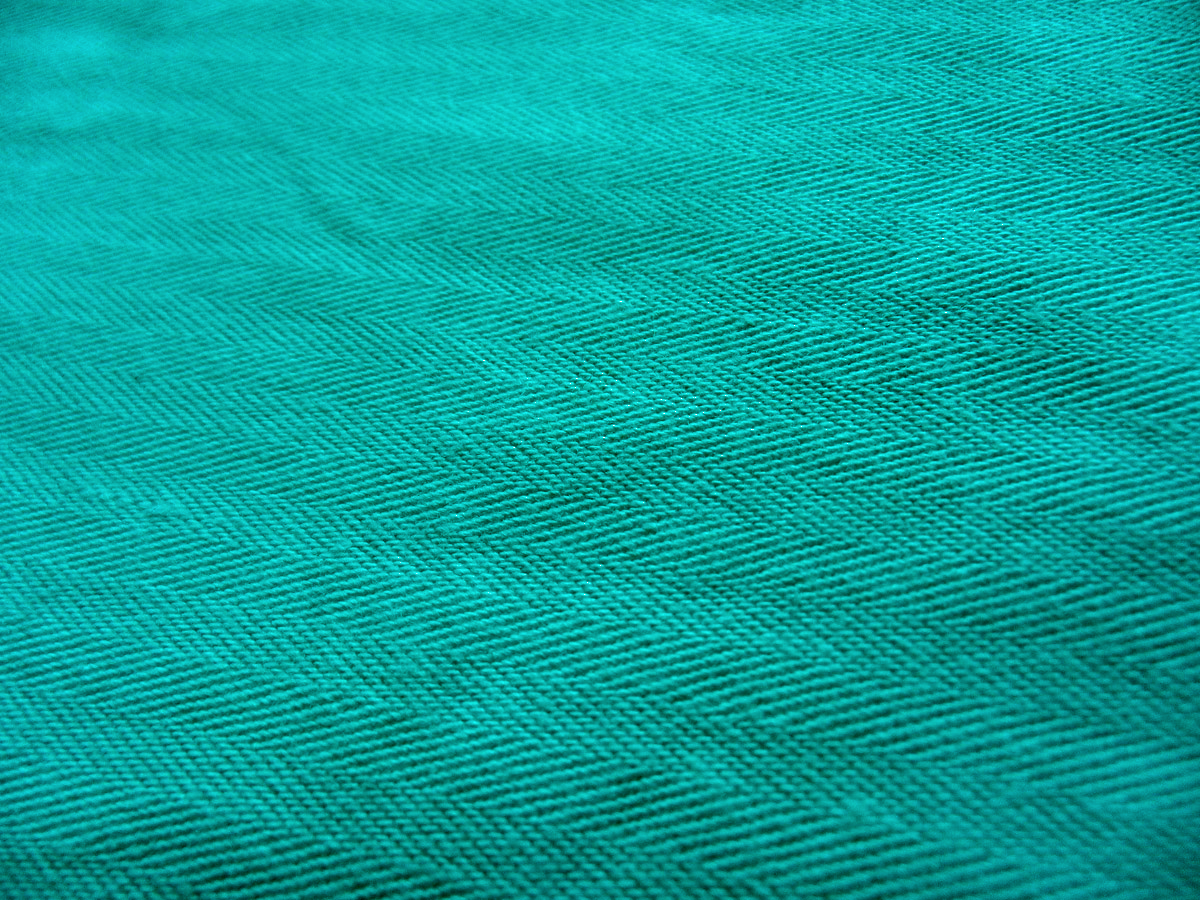
Post-Operative Instructions

If your pet was a recent patient of Simon Veterinary Surgical, refer to the following post-operative instructions, so you know exactly what to expect following the procedure.
Recovery
Your pet has just had a major surgery. Keep a watchful eye and know that a little bleeding, bruising, swelling, and lethargy is normal.
Because of the anesthesia, your pet may become lethargic or restless, shaky, disoriented, lose appetite or vomit within the first 24 hours. Do not be alarmed, these are the side effects of the medication. Keep your pet warm and reassure them that they are fine.
We recommend icing the surgery site for 15 minutes 2x/day for the first 7 days. This will help reduce the swelling and pain in the area.
Your pet will need to wear an e-collar (or cone) for the first 2 weeks to prevent chewing the bandage and licking the wound. Either of these events can result in skin damage, infections, and other adverse effects. It is important to keep the e-collar on even after bandage removal as the skin will feel itchy and they can cause harm to themselves by licking and chewing.
We do not recommend using a soft collar, as they have little effect in deterring your pet’s licking and chewing behavior.
If at any time your pet has difficulty breathing, or their gums becomes pale or blue, contact an emergency veterinarian immediately.
Activity
For the first 24 hours keep your pet very calm and still. Only take them outside to use the restroom. Do not take them on any walks, and no jumping, stairs, or play.
For orthopedic surgeries, detailed instructions for your pet’s activity and post-surgical recovery can be found on the Physical Rehabilitation section of our website. Please read these recommendations carefully, and if you are hesitant to perform these actions on your own, please consider professional physical rehabilitation.
Although your pet may have fuzzy friends at home, it is better to keep other pets separate the night of surgery to avoid complications with recovery. Do not allow other pets to lick the patient’s incision or wound.
Follow up
Your pets bandage will need to be removed in 3 - 5 days. If different, the doctor will notify you directly. If the bandage becomes wet or dirty, it will need to be changed or removed sooner.
Your pet will have 2 - 3 rechecks (unless notified differently). Details for orthopedic surgery rechecks can be found on the Physical Rehabilitation section of our website. Recheck costs are included in the surgical fee.
If at any time you are unhappy with your pet’s recovery process, do not hesitate to contact us! Many times, it is a simple reassurance that everything is on tract, but we also want to catch all potential complications as soon as possible.
Medications
Your pet was given a long acting local pain medication during the procedure. This will keep the entire surgical area numb for up to 72 hours.
Your pet was also given a long acting antibiotic injection. This will last in your pet’s system for about 14 days.
Your pet is going home with medications for pain and inflammation. The instructions can be found on the bottle. Please begin all medications the night of the surgery with a light meal.
The supplements provided will help to decrease the healing time and reduce the amount of stronger medications needed. It is recommended that you continue these medications for at least 8 weeks after surgery. If long term administration is recommended, a pet nurse will call you to discuss home delivery options.
Food + Water
Your pet may have a reduced appetite or be nauseous due to the anesthesia. Feed a half-sized meal the night of surgery and resume a normal diet the following day. If inappetence or nausea persist, feed a diet of boiled chicken and rice until back to normal.
Water can be offered to your pet as soon as you get home, though they have received plenty of IV fluids during surgery so may not be thirsty right away.
Your pet may not defecate for the first day or two following surgery. This is due to the fasting the day of surgery, and the anesthesia medications. If your pet hasn’t defecated by day two, add 1 - 2 tablespoons of canned pumpkin to meals until normal bowel movements resume. If no defecation after 4 days, please contact a veterinarian.





